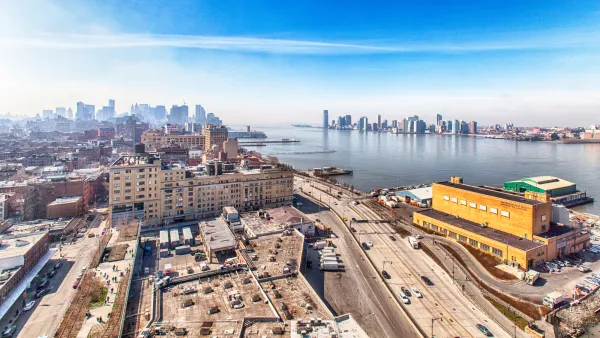The New York Times opinion section includes a call for society, politicians, and business leaders to recognize the importance of maintenance.

Andrew Russell, professor of history and the dean of arts and sciences at SUNY Polytechnic Institute, and Lee Vinsel, professor in the department of science and technology in society at Virginia Tech, take to the pages of the New York Times opinion section to make an appeal for shifting the focus of the infrastructure discussion.
The argument responds to the state of the nation's infrastructure—every variety of which, according to the article, is in "decrepit" condition. But, why?
Why are we in this predicament? One obvious answer is that officials in federal, state and local government do not allocate the resources necessary for preventive maintenance. But their inaction is a symptom of a deeper problem, one that is too seldom discussed: Americans have an impoverished and immature conception of technology, one that fetishizes innovation as a kind of art and demeans upkeep as mere drudgery.
The duo goes on to add: "Once you notice this problem — innovation is exalted, maintenance devalued — you begin to see it everywhere." The problem isn't just with the media or with industrial leaders like Elon Musk, the problem is also perpetuated by politicians, who would prefer new, splashy projects that the mundane business of maintenance. The article cites New York Mayor Bill de Blasio's proposal for the Brooklyn Queens Connector—a hotly-debated streetcar project in a city desperate for bus system improvements—as an example, but Elon Musk's plans for a system of tunnels under Los Angeles and New York Governor Andrew Cuomo's declaration of a state of emergency for the MTA subway system also provide plenty of evidence of those claims.
FULL STORY: Let’s Get Excited About Maintenance!

National Parks Layoffs Will Cause Communities to Lose Billions
Thousands of essential park workers were laid off this week, just before the busy spring break season.

Retro-silient?: America’s First “Eco-burb,” The Woodlands Turns 50
A master-planned community north of Houston offers lessons on green infrastructure and resilient design, but falls short of its founder’s lofty affordability and walkability goals.

Delivering for America Plan Will Downgrade Mail Service in at Least 49.5 Percent of Zip Codes
Republican and Democrat lawmakers criticize the plan for its disproportionate negative impact on rural communities.

Test News Post 1
This is a summary

Test News Headline 46
Test for the image on the front page.

Balancing Bombs and Butterflies: How the National Guard Protects a Rare Species
The National Guard at Fort Indiantown Gap uses GIS technology and land management strategies to balance military training with conservation efforts, ensuring the survival of the rare eastern regal fritillary butterfly.
Urban Design for Planners 1: Software Tools
This six-course series explores essential urban design concepts using open source software and equips planners with the tools they need to participate fully in the urban design process.
Planning for Universal Design
Learn the tools for implementing Universal Design in planning regulations.
EMC Planning Group, Inc.
Planetizen
Planetizen
Mpact (formerly Rail~Volution)
Great Falls Development Authority, Inc.
HUDs Office of Policy Development and Research
NYU Wagner Graduate School of Public Service





























